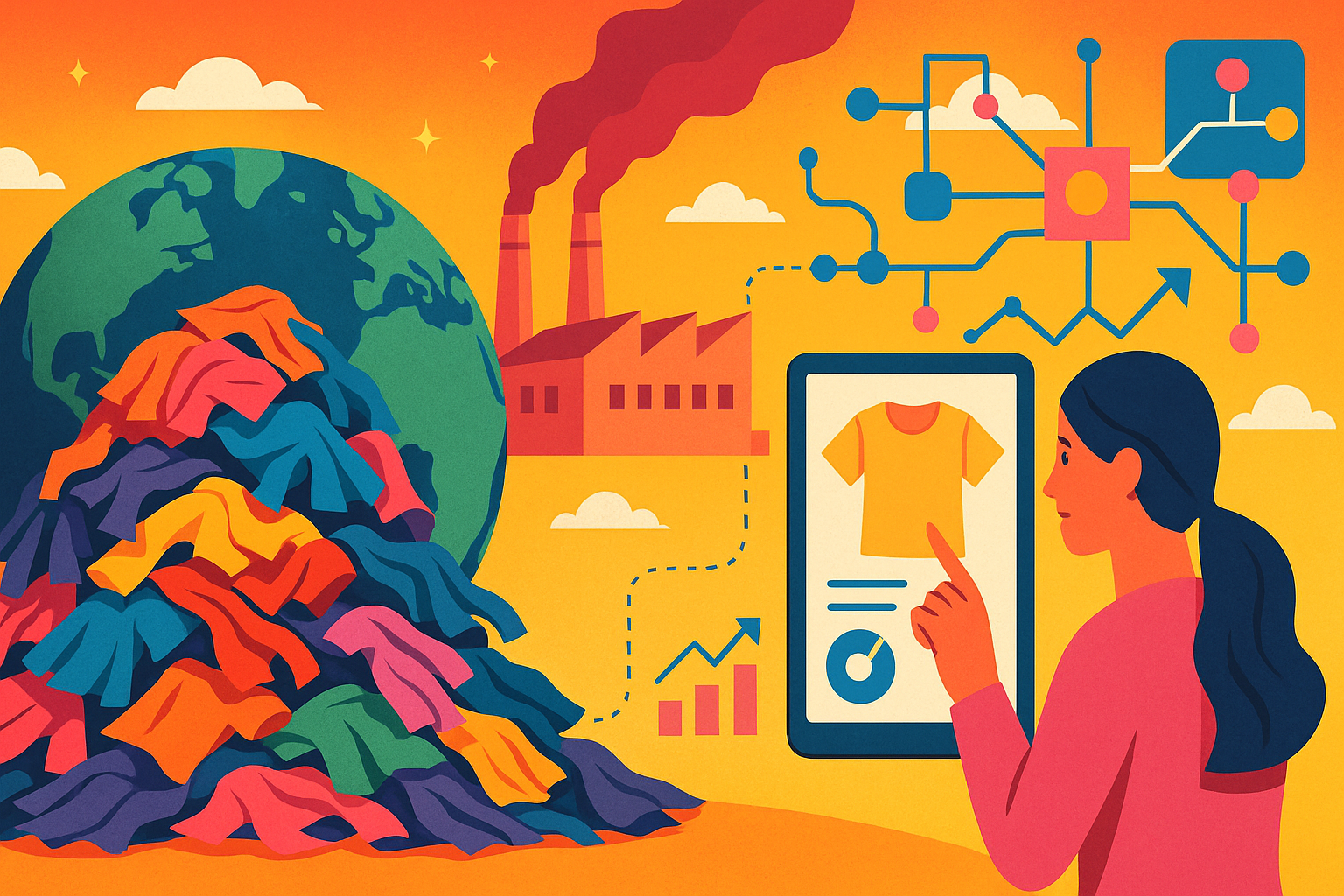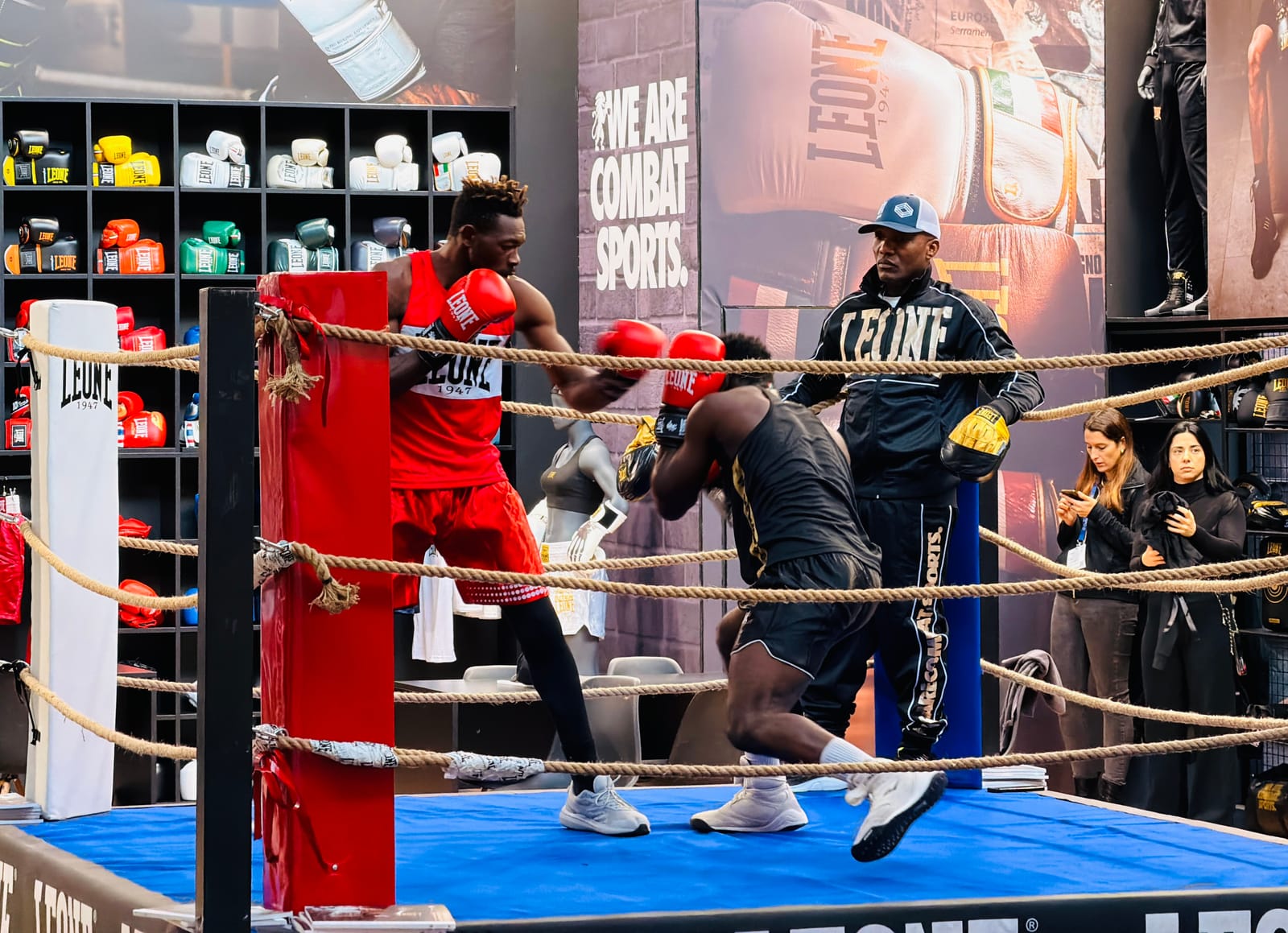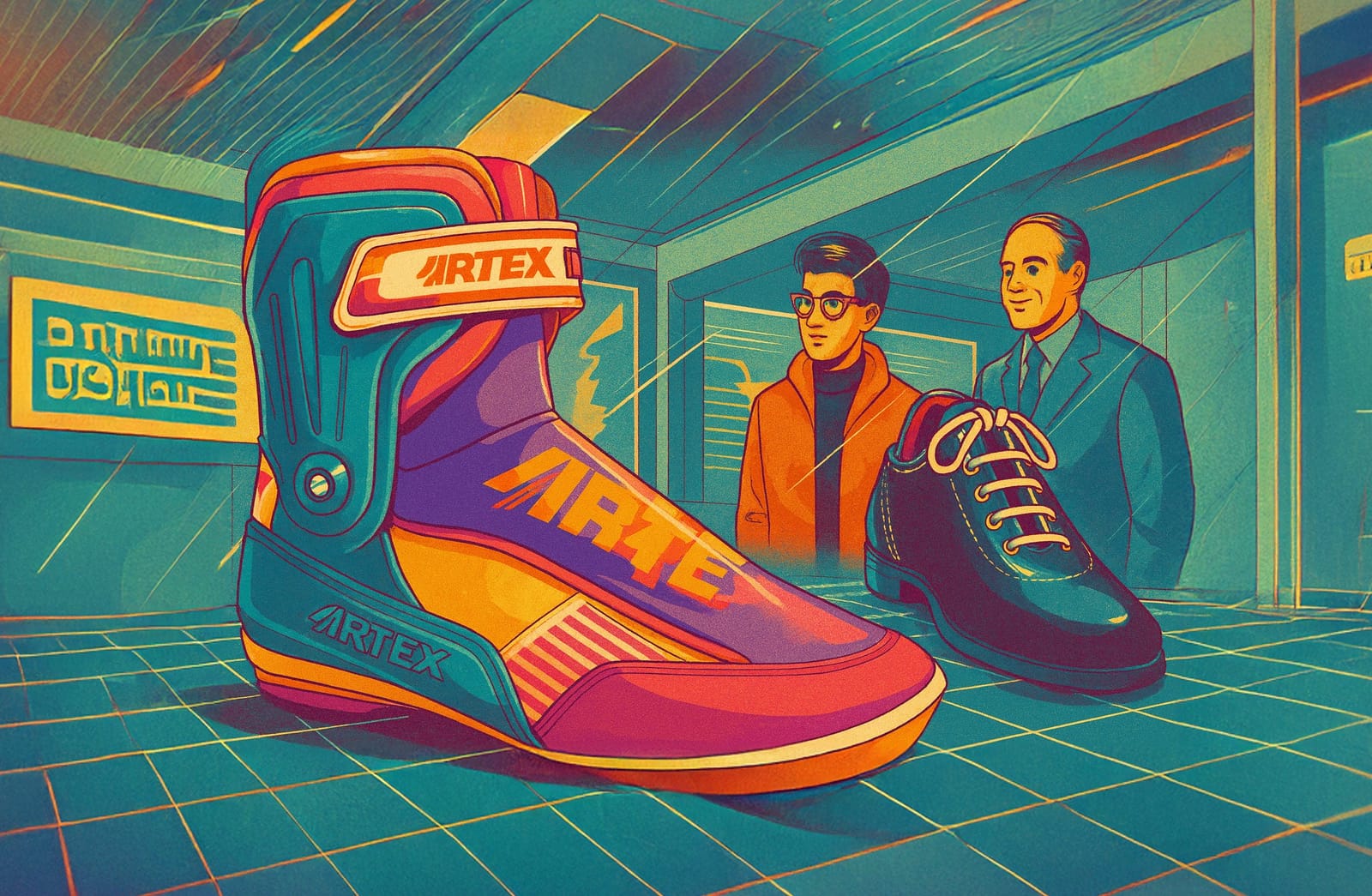Every year, fashion creates far more than it sells. Depending on the segment, 10-40% of production goes unsold; discounted, destroyed, or landfilled. This overshoot hurts margins, clogs warehouses, and undermines the industry’s sustainability agenda.
And for years, brands have tried to forecast their way out of it. Yet despite investments in data science, PLM, and trend-tracking tools, most businesses still operate on instinct plus guesswork.
Now, AI offers new ways to address the mismatch between supply and demand. Its capabilities are real—especially in short-term sensing, rapid design iteration, and operational optimisation—but they’re constrained by the way fashion still plans, buys, and measures success.
That was the question behind my research, blending a 100-page thesis with conversations across founders, digital product leaders, and forecasting specialists: where can AI meaningfully move the needle, and where do structural incentives still overpower the technology?
My conclusion: AI is a powerful accelerator, but it cannot solve overproduction alone. Real progress requires changing how and when decisions are made, how supply partners are engaged, and what success looks like beyond volume.
The Real Problem? Forecasting ≠ Responsiveness
Fashion treats forecasting like destiny: “If we could just get it right, we’d eliminate waste.” But even perfect prediction doesn’t immediately fix supply.
The industry still operates on calendars that stretch 12+ months; factories require commitments, not guesses; materials come with minimums and long lead times; and every step—across design, sampling, approval—adds friction.
In other words, the problem is structural. Fashion predicts too early and responds too slowly. AI can help here, but only if forecasting is paired with agility, operational redesign, and closer supplier alignment.
This challenge plays out across three dimensions: forecasting, responsiveness, and sustainability. The next sections explore each, highlighting where AI helps, and where deeper structural change is still required.
1 | Forecasting Reinvented
AI’s most immediate value lies in helping brands sense demand sooner and with greater nuance. Rather than trying to predict the entire season, AI processes signals at a scale humans can’t: social and cultural chatter, visual patterns, search activity, browsing behaviour, and micro-trends emerging within niche communities.
These inputs feed short-term demand sensing, where AI is consistently strongest.
It performs best when sales history is relatively stable, products repeat season to season, and trends shift incrementally. In these cases, brands can confidently apply AI to:
- Core products
- Seasonal carry-overs
- Localised, short-horizon buys
- Colour/pattern/silhouette predictions
- 1-3 month signals at higher accuracy
As one participant put it: “Out of 10 designs introduced, only three really sell, and only one clears its stock.”
In other words, the closer to the now, the better the accuracy. AI is less prophecy and more radar, spotting signals early so that brands can move with confidence.
Long-range prediction is where the limits start to show. Fashion demand behaves like a random walk, driven by celebrity influence, cultural shifts, weather, TikTok virality, economic mood, and even politics. These non-linear drivers make it nearly impossible to predict a year out, even with AI on hand.
So yes, AI can help you forecast whether the white tee will still sell.But the new jean silhouette at volume in 18 months? Probably not.
The realistic takeaway: AI improves signal detection, not certainty.
Brands should embrace short-term sensing rather than chase medium-term omniscience, but doing so requires a complete rethink of calendars, processes, and how decisions get made.
2 | Smarter & Faster Supply Response
Improved forecasting means little if supply can’t move. This is where AI shows its most transformative potential: not simply predicting demand, but enabling supply to react to it.
One of the biggest impacts comes from speeding up design and development. Generative AI accelerates ideation where teams can explore colourways, silhouettes, and variations in minutes instead of days. Many report five to ten times faster exploration, enabling more (and better) early concepts to test before physical sampling even begins. Designers don’t lose control—they gain speed and optionality—improving the hit rate long before fabric is cut.
This acceleration unlocks something even more powerful: calendar compression. One interviewee referenced shrinking a sample loop from 4 months to just 21 days by pairing generative tools with agile vendor development. Even halving the calendar has cascading benefits: better trend match, faster feedback, fewer over-commitments, and ultimately a meaningful reduction in overproduction.
With faster iteration comes greater confidence to test and scale. AI makes micro-runs more viable—enabling brands to make 150–300 pieces, test sell-through, then scale winners to 2,000 or 5,000 units. This lowers risk, raises hit rate, and reduces inventory liability. Shein has proven the power of this playbook—but nothing stops traditional brands from adopting it.
Beyond prediction, AI shines in production optimisation. Forecasting tells you what you might need; optimisation helps you determine how to make it, given constraints such as MOQs, material availability, capacity, logistics, and time left in season. In practice, this means brands can exploit real constraints rather than fight them, creating meaningful operational leverage. The biggest gains don’t come from knowing more, but from producing smarter.
As one interviewee put it: "AI can help reduce overproduction a bit through forecasting core products, but it is optimisation models that make the real difference."
AI also improves supply-chain sequencing, helping teams dynamically replan capacity, balance work-in-progress, flag late-stage risks, and avoid overproduction triggered by delays or misalignment. Together, these shifts move production away from rigid seasonal bets toward something more responsive and continuous.
3 | Sustainability & Barriers
For all the optimism surrounding AI, adoption remains uneven, and sustainability outcomes are far from guaranteed. AI can help reduce waste, but only when paired with responsible operational change and different success metrics.
Where can AI support sustainability today? Better forecasting reduces bad bets; higher sampling efficiency lowers waste; leaner production pathways cut emissions; smarter cutting reduces material loss; and market testing tightens assortments before scale. These are not theoretical benefits, rather the impact is measurable. Simply put, when supply aligns more closely to demand, sustainability improves by design.
But AI alone doesn’t solve sustainability. Because overproduction isn’t just a data problem, it’s an incentive problem. As long as volume drives factory economics, calendars drive brand behaviour, and deadstock is treated as collateral damage, waste persists. Without shifts in how brands plan, buy, and measure success, even the smartest models will only scratch the surface.Several warned of the opposite risk: that mis-applied AI could amplify waste by chasing micro-trends too aggressively.
Where Brands Get Stuck
These realities help explain why AI’s potential remains uneven across the industry. The most common barriers include:
- Data fragmentation and poor data hygiene
- High implementation costs
- Rigid seasonal calendars
- Leadership scepticism
- Talent and literacy gaps
- Limited supplier readiness
- Ethical and IP concerns
There’s a huge awareness gap where expectations are still shaped by science-fiction narratives.
Many brands also lack these foundational enablers:
- Common data standards
- Shared visibility with suppliers
- Operational flexibility
In other words, the constraint isn’t capability, but willingness. Tools aren’t the bottleneck; mindsets are.
So What Needs to Change?
The good news is that much of the progress required is already within reach. The technology is here; what’s needed now is a shift in how brands plan, collaborate, and make decisions. Moving toward a more responsive, lower-waste model doesn’t require reinventing the industry overnight, but building in the conditions where AI, humans, and supply partners can work in tighter alignment.
A few practical shifts can unlock outsized impact:
✅ Shorten decision windows
Better forecasting only matters if supply can move.
3–6-month cycles are far more realistic than 12–18.
✅ Start with core & continuity
The fastest wins come from demand-stable categories.
✅ Build responsive supply
Nearshore capacity, flexible MOQs, and test-and-react models are critical.
✅ Integrate suppliers early
Forecasting, materials, and capacity must align from the start.
✅ Blend human + machine
AI surfaces signals; humans decide what matters.
Assisted decisions greatly outweigh automated decisions.
Progress Starts With How We Work
AI won’t erase uncertainty or magically fix overproduction, and it never promised to. The real opportunity lies in how brands use it: to sense earlier, decide faster, and act with greater precision. When paired with shorter cycles, tighter supplier integration, and a willingness to challenge old assumptions, AI becomes an accelerator for better choices, not a substitute for them.
This shift is ultimately cultural. Fashion must move from a ‘forecast → commit → hope’ mindset to one of ‘sense → test → scale’. The winning brands won’t be those that predict perfectly, but those that respond intelligently with fewer bets, faster learnings, and less waste.
AI shifts what’s possible.
Whether we shift with it is up to us.
Want to read my full report? Get in touch for access.







